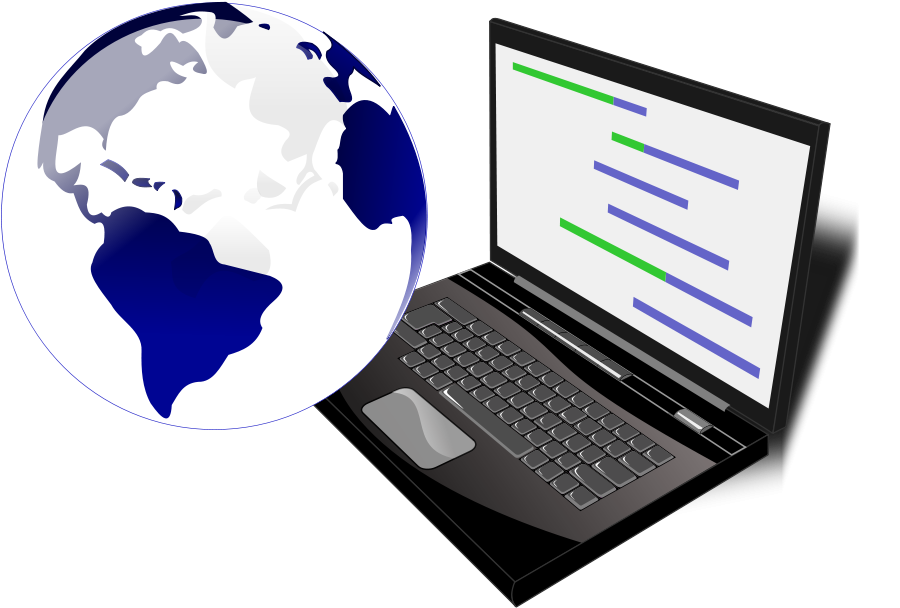With its creation in 1995, Tor set out to achieve the goal of creating a routing system that intelligence and military personnel were able to use whilst undercover without the constant worry of their online activity being monitored. With the growth in number of individuals logging on and the continual growth of the internet’s infrastructure demanded an anonymous online routing system like Tor to do so. However, with the continual development of the routing system over the next decade, it became evident that simply creating a system that that anonymizes traffic would not be enough to hide government personnel.
“The United States government can’t simply run an anonymity system for everybody and then use it themselves only. Because then every time a connection came from its people would say, ‘Oh, it’s another CIA agent.’ If those are the only people using the network.” (Levine, 2014)
In order to achieve the goal of cloaking those undercover, Tor would need to be able to be accessed by a wide range of people. By creating a consumer version of Tor, in which anyone was able to run a Tor node from the comfort of their home desktop the users became more diverse. Activist groups, journalists, political groups were able to have access to a system that provided anonymity online. Yet, by allowing Tor to be accessible by anyone globally, the doors were opened for negative possibilities. Soon Tor was being used for drug deals, arm dealing, child pornography and terrorism activity. However, despite knowing “those areas would be other unavoidable uses for the technology” Tor was now being used by millions of people world-wide and finally there would be enough “users giving more cover traffic to better hide what we wanted to use the network for”. (Smith, 2015)
By opening the doors to so many potential users the United States government had perhaps created a system that could potentially cause more damage than good. In December 2005 it was first revealed that the National Security Agency (NSA) has been intercepting Americans’ phone calls and Internet communications. Those news reports, combined with a USA Today story in May 2006 and the statements of several members of Congress, revealed that the NSA is also receiving wholesale copies of American’s telephone and other communications records. All of these surveillance activities are in violation of the privacy safeguards established by Congress and the US Constitution. (Abbot, 2010) The government of course was doing so to monitor all the potential threat of terrorists within the country.
Although this breach of privacy is still hotly debated today, the surface web may not be the only platform in which the NSA is surveying. In 2014 a report released by online hacktivist Jacob Applebaum, claimed that the NSA had been targeting and quite possibly cracked the Tor Network (Applebaum, 2014). Applebaum had obtained leaked documents from the NSA that highlighted that is was very much likely that Tor was providing the opposite of anonymity. It was allowing the NSA to focus on individuals or larger groups, recording their movements online.
Despite being built as a server that champions anonymity, the likelihood is those that created are using it for quite the opposite.
